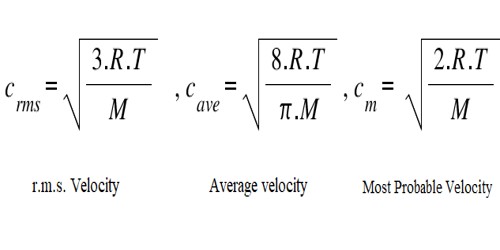Average Velocity Equation

Understanding the concept of average velocity is fundamental in physics and engineering, as it helps in describing the motion of objects. The average velocity of an object is defined as the total displacement of the object divided by the total time taken to achieve that displacement. This concept is crucial for analyzing motion, whether it’s the trajectory of a projectile, the movement of a vehicle, or any other form of displacement over time.
The equation for average velocity is relatively straightforward and is given by:
[ \text{Average Velocity} = \frac{\text{Total Displacement}}{\text{Total Time}} ]
Mathematically, this can be represented as:
[ \bar{v} = \frac{\Delta x}{\Delta t} ]
where: - ( \bar{v} ) is the average velocity, - ( \Delta x ) is the change in position or the total displacement, and - ( \Delta t ) is the change in time or the total time over which the displacement occurs.
This equation highlights that average velocity is a vector quantity, as it has both magnitude (the amount of movement) and direction (the direction of the displacement). It’s also important to distinguish between displacement and distance; displacement is the shortest path between the initial and final positions (a vector quantity), whereas distance is the total length of the path traveled (a scalar quantity).
Calculating Average Velocity
To calculate the average velocity of an object, one must know the initial and final positions of the object, as well as the time at which these positions were noted. For example, if an object moves from position ( x_1 = 10 ) meters to position ( x_2 = 30 ) meters in 5 seconds, the average velocity can be calculated as follows:
[ \bar{v} = \frac{x_2 - x_1}{t_2 - t_1} = \frac{30 \, \text{m} - 10 \, \text{m}}{5 \, \text{s}} = \frac{20 \, \text{m}}{5 \, \text{s}} = 4 \, \text{m/s} ]
This means the object’s average velocity over the 5-second period was 4 meters per second in the direction from the initial to the final position.
Instantaneous Velocity vs. Average Velocity
While average velocity provides information about an object’s motion over a certain period, instantaneous velocity describes the velocity of an object at a specific instant in time. Instantaneous velocity is the derivative of the position function with respect to time, essentially capturing the rate of change of an object’s position at a particular moment.
[ v_{\text{inst}} = \frac{dx}{dt} ]
For objects undergoing complex motions, the instantaneous velocity might change significantly over time, but the average velocity gives a broader view of the motion, averaging out the fluctuations.
Real-World Applications
The concept of average velocity has numerous practical applications. For instance, in transportation, knowing the average velocity of a vehicle over a certain route can help in estimating travel times and fuel consumption. In sports, analyzing an athlete’s average velocity over a distance can provide insights into their performance and help in training strategies. In engineering, understanding the average velocity of fluids or gases is crucial for designing efficient systems, such as pipelines or ventilation systems.
Conclusion
The equation for average velocity, ( \bar{v} = \frac{\Delta x}{\Delta t} ), is a foundational concept in physics that applies to all forms of motion. By calculating the total displacement over a given time period, one can determine an object’s average velocity, which is vital for understanding and analyzing various physical phenomena. Whether in everyday life, sports, or complex engineering applications, the concept of average velocity plays a significant role in describing and predicting the motion of objects.
What is the difference between average velocity and instantaneous velocity?
+Average velocity is the total displacement divided by the total time, giving the overall rate of change of position. Instantaneous velocity, on the other hand, is the velocity at a specific point in time, representing the rate of change of position at that instant.
How do you calculate average velocity?
+To calculate average velocity, use the formula ( \bar{v} = \frac{\Delta x}{\Delta t} ), where ( \Delta x ) is the change in position (total displacement) and ( \Delta t ) is the change in time (total time taken for the displacement).
What are some real-world applications of average velocity?
+Average velocity has applications in transportation for estimating travel times and fuel consumption, in sports for analyzing athlete performance, and in engineering for designing efficient systems involving the flow of fluids or gases.
